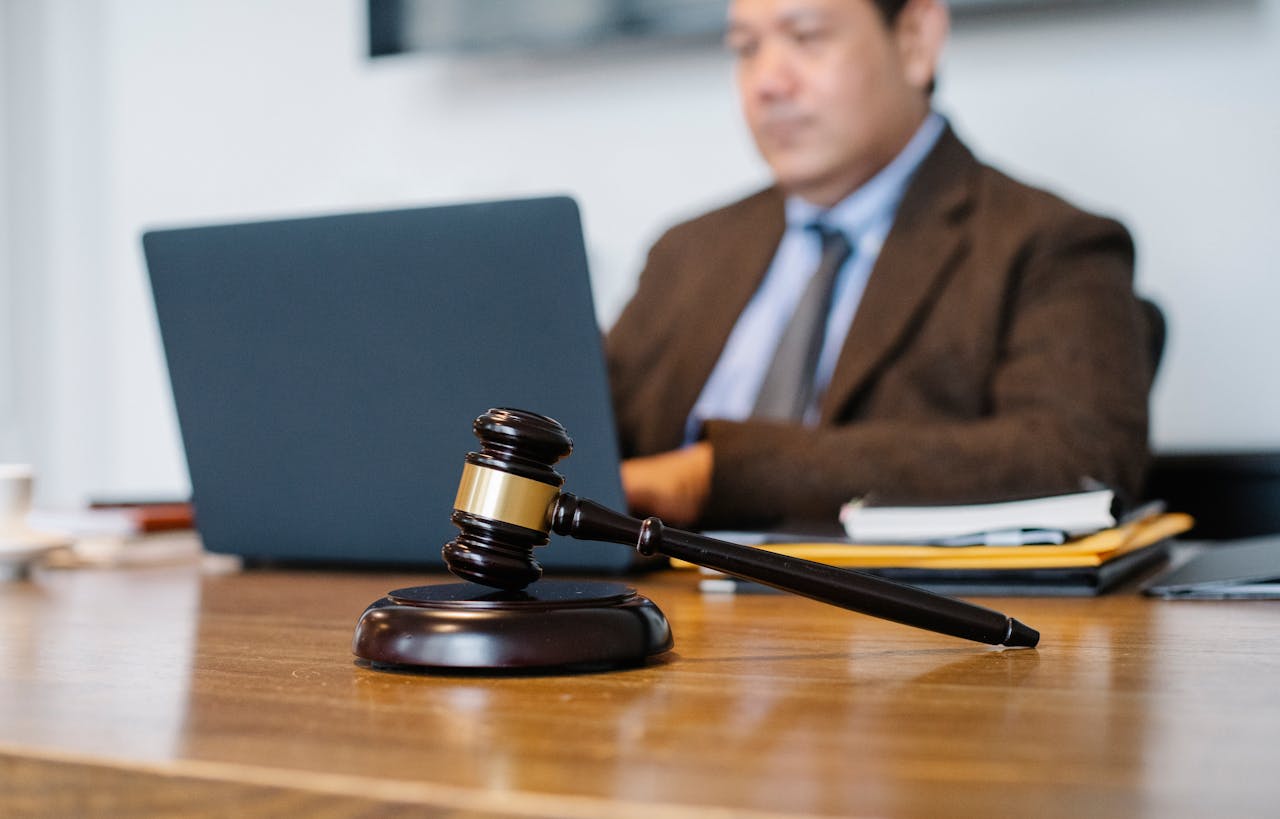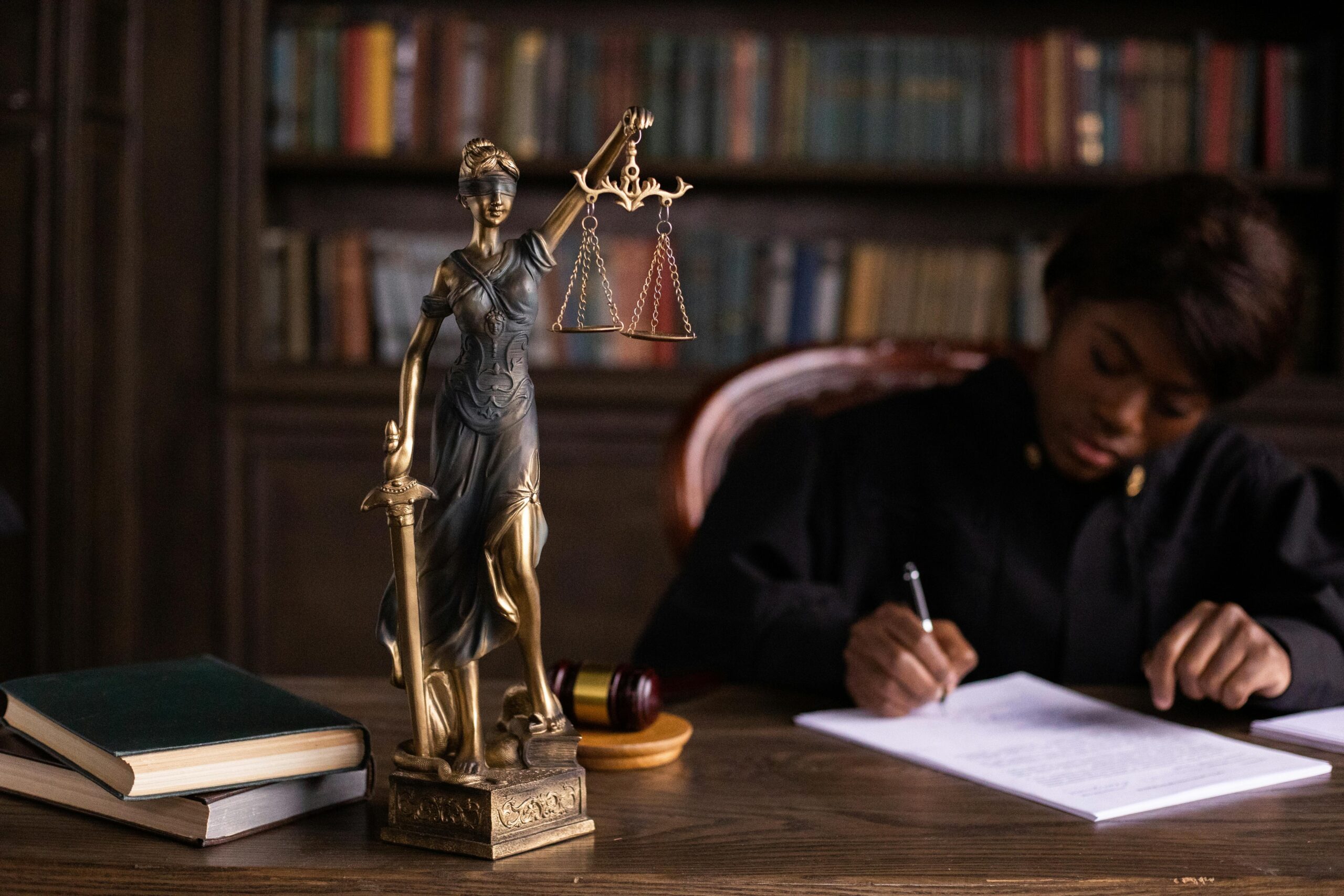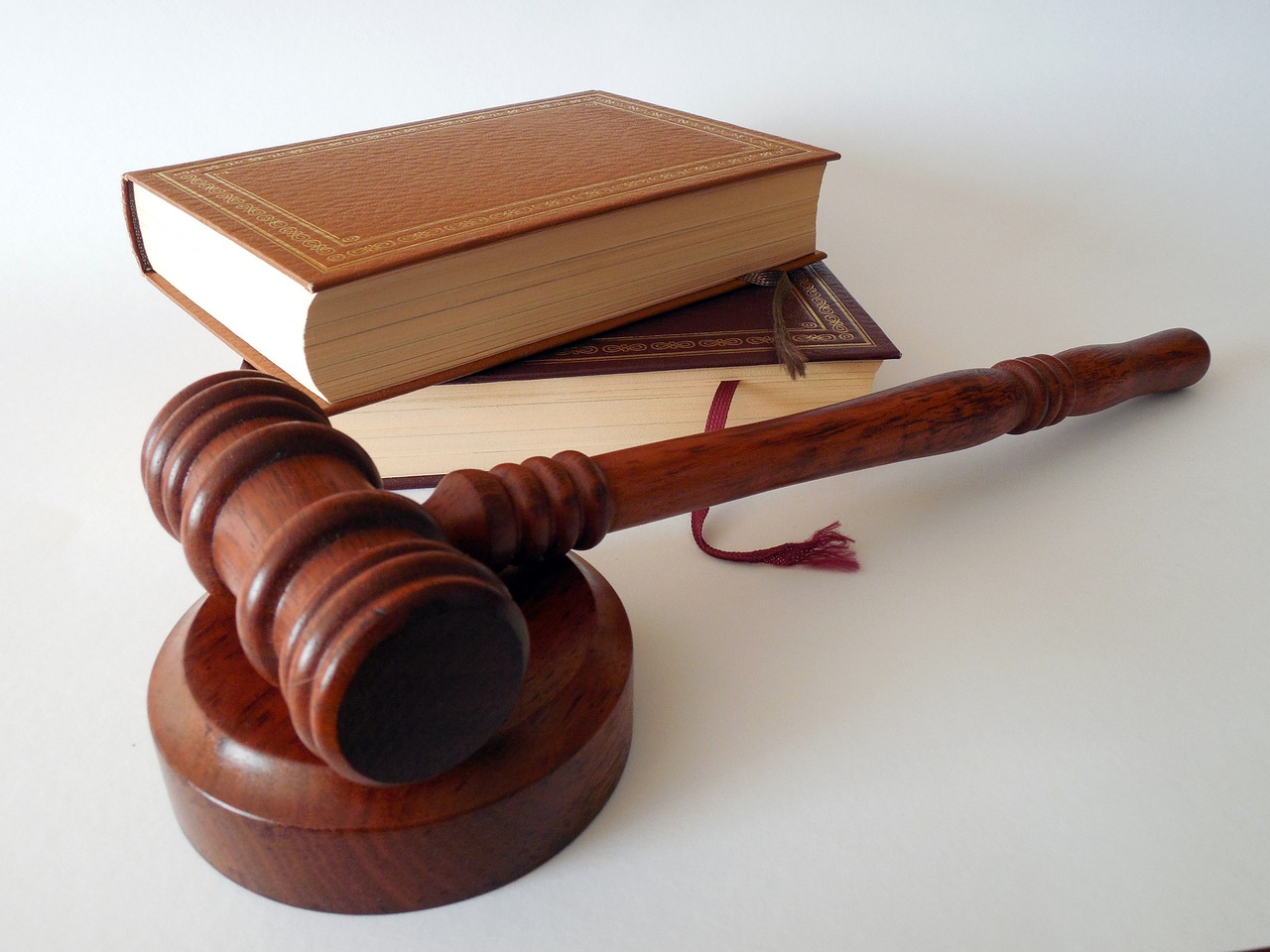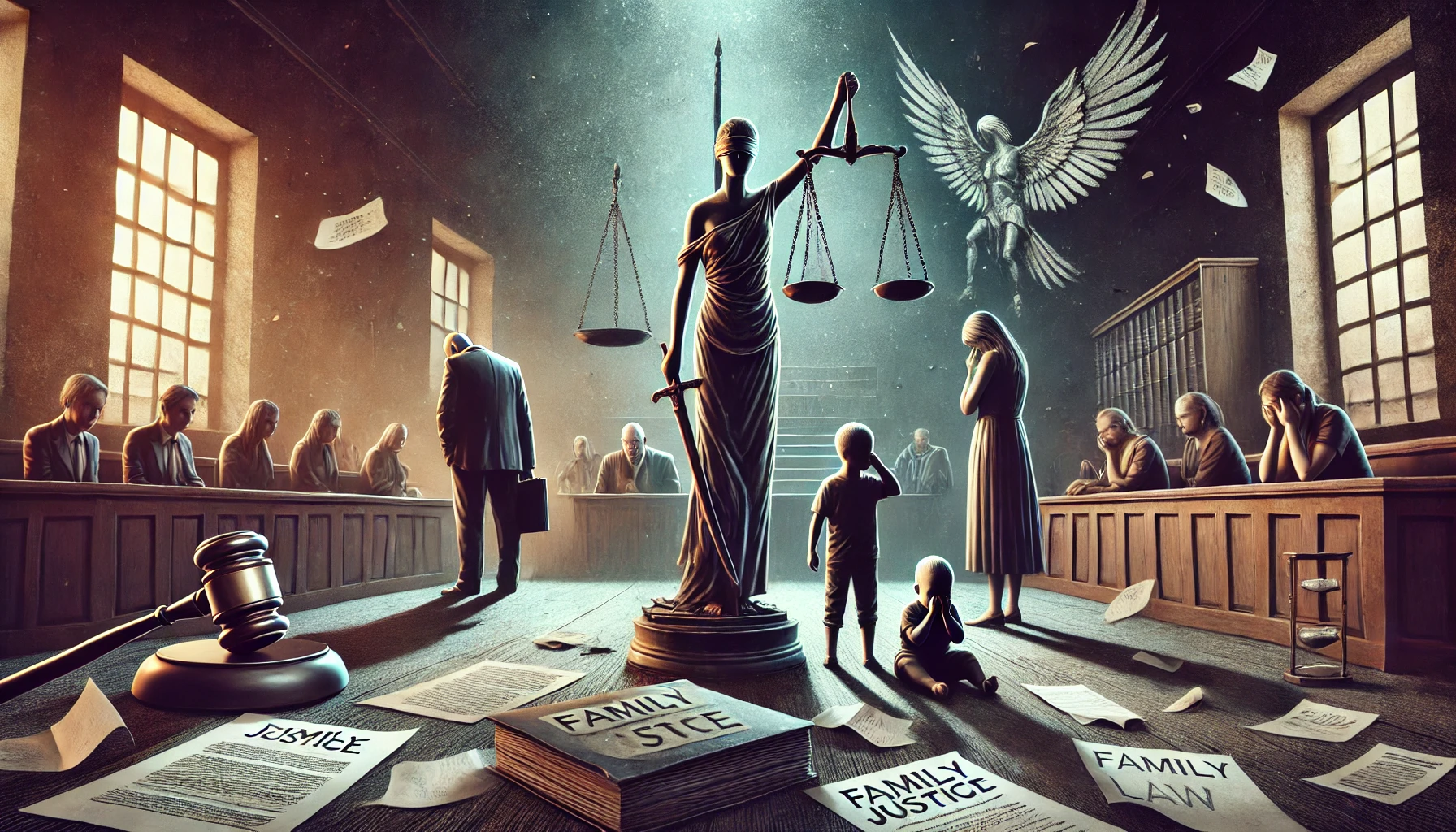Authored By: Lana Thaer Dhaou
Al Zuhour Private School
Abstract: This article examines the legal paradoxes surrounding street art: a cultural form that gains value and visibility through its illegality, yet increasingly receives institutional protection and commodification. By analyzing the contradictions embedded in property law, moral rights, and cultural policy, the article interrogates whether legal systems can protect street art without neutralizing its subversive character. Through case studies such as the 5 Pointz litigation and the selective preservation of Banksy’s work in the UK, it argues that current legal frameworks often reassert property dominance while co-opting visual resistance. The article concludes by exploring hybrid and contextual models of recognition that avoid collapsing artistic dissent into institutional control.
Keywords: Street Art, Cultural Capital, Aesthetic Gentrification, Selective Legal Protection.
INTRODUCTION
Street art occupies a unique and paradoxical space: it is simultaneously a criminal act and a form of cultural capital. Its value, both aesthetic and political, emerges precisely from its unauthorized nature. Yet the growing desire to preserve certain works reveals a fundamental legal contradiction: the law can only protect street art by violating the conditions that define it. This tension raises pressing questions. What does it mean to protect an art form whose power stems from its transgression of legal and social norms? Can the law safeguard street art without stripping it of its subversive essence? These inquiries compel a shift in focus: the problem is not whether street art can be protected, but whether it should be—and on whose terms that protection is granted. This article interrogates the role of legal structures in shaping the cultural, political, and economic life of street art, and considers whether alternative models of recognition are possible.
The Legal Ambiguities and Political Economies of Street Art
Street art is inherently entangled with urban illegality, cultural resistance, and aesthetic dissent. As a practice, it challenges the spatial, political, and commercial control of the city, asserting claims to visibility that often conflict with private and state authority. From a legal standpoint, street art inhabits a precarious position. Under property law, unauthorized artistic interventions typically constitute criminal damage. Copyright law, while theoretically available to all creators, struggles to accommodate the anonymous or collective nature of many street art practices. Moreover, moral rights, particularly the right of integrity, present a complex terrain where the desire to protect artistic works collides with the unlawful origins of their creation. Street art thus survives in a space of legal ambiguity. When sanctioned, it is frequently sanitized, depoliticized, and rebranded as “urban art” or “public art,” categories that efface its oppositional roots. Legal legitimacy becomes not merely a shield but a tool of aesthetic gentrification, permitting municipalities and property developers to appropriate the cultural value of street art while excluding marginalized voices. In so doing, law becomes an agent of urban cleansing, selectively curating acceptable forms of dissent while erasing others.
Moral Rights and the Conditional Recognition of Street Art
The 5Pointz litigation offers a salient case study in the legal treatment of street art. Following the destruction of the 5Pointz murals[1], a celebrated graffiti complex in New York City, artists brought suit against the property owner under the Visual Artists Rights Act (VARA)[2]. The court awarded $6.75 million to the artists, marking a rare judicial recognition of street art’s moral rights. While the decision has been celebrated as a triumph for artistic rights, a closer analysis suggests a more ambivalent outcome. The court’s protection was extended predominantly to works that had achieved a degree of semi-legitimization, either through their prominence or public acclaim. This raises critical questions about the criteria by which certain works are deemed “worthy” of protection while others remain disposable. Authorship, documentation, and cultural capital emerged as key factors in securing legal standing. Street artists whose work lacked formal recognition or who operated outside the bounds of institutional respectability remained vulnerable. This dynamic reveals the classed and racialized dimensions of legal gatekeeping, whereby access to protection is mediated through proximity to dominant cultural and economic structures.
Anonymity, Celebrity, and the Selective Legalization of Street Art
The treatment of Banksy’s works further illustrates the selective application of legal protections in the realm of street art. In the United Kingdom, local councils have undertaken extraordinary efforts to preserve Banksy pieces, including installing protective coverings and issuing preservation orders. Banksy’s anonymity, paradoxically, operates as a form of privilege. His international fame enables him to transcend the legal constraints that typically criminalize other artists. His works are frequently decontextualized, their original political meanings diluted in favor of aesthetic or commercial appeal. The preservation of Banksy’s pieces is less a recognition of street art as a practice and more an endorsement of his market value and institutional acceptance. Artistic intent and social impact recede, replaced by economic and cultural capital. This phenomenon underscores how legality in street art is not determined by the nature of the act itself but by the social and economic standing of the artist. In Banksy’s case, white anonymity and celebrity status confer an exceptionalism that is systematically denied to less prominent, often racialized, creators.
Legal Structures as Tools of Urban Sanitization
Legal interventions in the realm of street art often serve broader processes of gentrification, displacement, and spatial control. Property owners and municipalities increasingly exploit the cachet of street art to market neighborhoods, attract investment, and rebrand urban spaces, even as they criminalize new, unauthorized works. A historical precursor to these dynamics can be seen in the fate of the Berlin Wall after its fall.[3] Originally a symbol of division and oppression, the Wall became a site for unauthorized political art that reappropriated its meaning. Yet much of the preserved sections today are selectively curated, their radical political messages muted in favor of touristic and commercial narratives. This transformation illustrates how the aestheticization and preservation of dissenting spaces often coincide with their depoliticization and commodification. A stark dichotomy emerges. Street art is celebrated when it aligns with dominant aesthetics or enhances property values; it is erased when it disrupts spatial or political narratives deemed undesirable. The law, particularly property law, thus functions not as a neutral arbiter but as an instrument of urban inequality, selectively protecting art that supports, rather than challenges, existing power structures. Legal protection is not extended equally. It follows the contours of economic interest, aesthetic acceptability, and political expediency. In this way, law contributes to the sanitization of public space, transforming what was once a mode of insurgent expression into a commodified spectacle.[4]
Reframing Legal Recognition of Street Art
Street art resists the static, individualistic models of authorship and ownership that underpin traditional legal frameworks. It is often ephemeral, anonymous, and collectively produced, characteristics that elude straightforward legal categorization. Alternative frameworks are needed. Municipal registries could preserve works based on their community significance rather than market value. Temporary protection models might respect the ephemeral character of the medium, acknowledging that impermanence is central to its meaning. Legal mechanisms recognizing collective or anonymous authorship could better reflect the social practices from which street art emerges. Such approaches would move beyond the binary of criminalization and commodification. They would create space for layered forms of recognition that honor the political and aesthetic vitality of street art without collapsing it into a property object. Protection, in this vision, would not neutralize dissent but foster the plurality and contestation that make street art a vital form of public expression. The paradox at the heart of this inquiry is clear: legal protection can preserve the material form of street art while simultaneously undermining its political function. The central question is not whether street art can be legalized, but whether the law can acknowledge its resistance without extinguishing it. This tension has broader implications for cultural production, urban space, and the role of law in managing dissent. If legal structures are to engage meaningfully with street art, they must resist the temptation to flatten subversion into property. Instead, they should embrace the contested, collective, and dynamic nature of artistic expression in public life. Only then can the law act not as a mechanism of control, but as a facilitator of the democratic vitality that street art so powerfully embodies.
Reference(S):
Celia Lerman, ‘Protecting Artistic Vandalism: Graffiti and Copyright Law’ (2012–13) 2 NYU Journal of Intellectual Property and Entertainment Law 295
Jenny E Carroll, ‘Graffiti, Speech, and Crime’ (2018–19) 103 Minnesota Law Review 1285
Katya Assaf-Zakharov and Tim Schnetgoke, ‘Reading the Illegible: Can Law Understand Graffiti?’ (2021–22) 53 Connecticut Law Review 117
Daniel J D’Amico and Walter Block, ‘A Legal and Economic Analysis of Graffiti’ (2007) Humanomics https://doi.org/10.1108/08288660710725118
Cameron McAuliffe and Kurt Iveson, ‘Art and Crime (and Other Things Besides … ): Conceptualising Graffiti in the City’ (2011) 5(3) Geography Compass https://doi.org/10.1111/j.1749-8198.2011.00414.x
[1] Cohen v G&M Realty LP, 988 F Supp 2d 212 (EDNY 2013)
[2] Visual Artists Rights Act 1990, 17 USC § 106A.
[3] Kraft v. Riegelman 619 F Supp 2d 138 (D.C. 2009), where a dispute over ownership arose regarding segments of the Berlin Wall.
[4] Celia Lerman, ‘Protecting Artistic Vandalism: Graffiti and Copyright Law’ (2012–13) 2 NYU Journal of Intellectual Property and Entertainment Law 295





